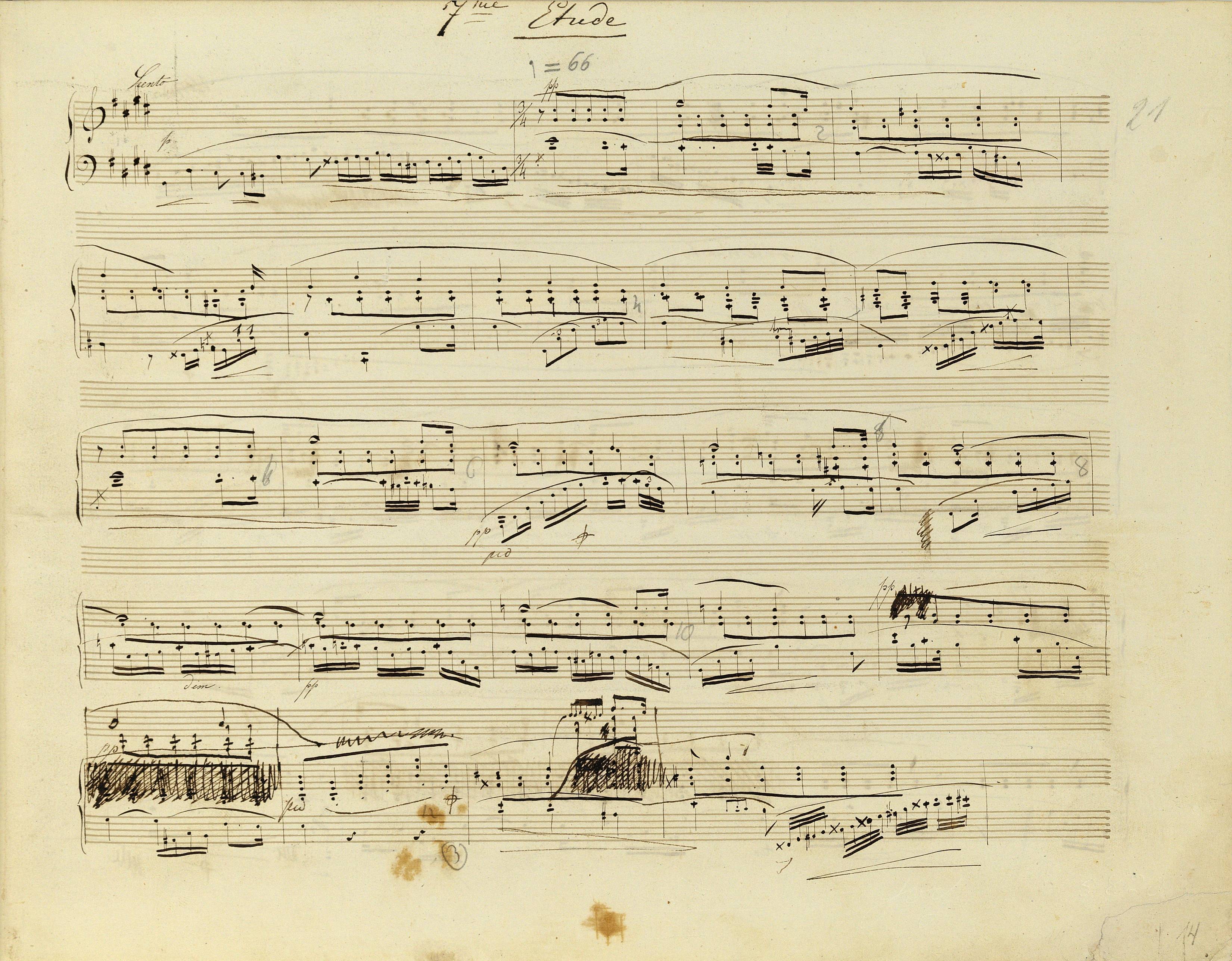



It is hard to evaluate how the difference in the range of  hairpins was created. It is not certain whether the sign in GC (→GE) was rewritten by the copyist or added by Chopin – it differs both from the signs written certainly by Gutmann (e.g., in bar 22) and the signs certainly added by the composer (e.g., in bar 24 and 45-46). Taking into account the fact that Chopin could have extended the hairpins in the remaining manuscripts, as well as a possibility of an erroneous interpretation of the notation of GC – 6th and 7th note (a and g
hairpins was created. It is not certain whether the sign in GC (→GE) was rewritten by the copyist or added by Chopin – it differs both from the signs written certainly by Gutmann (e.g., in bar 22) and the signs certainly added by the composer (e.g., in bar 24 and 45-46). Taking into account the fact that Chopin could have extended the hairpins in the remaining manuscripts, as well as a possibility of an erroneous interpretation of the notation of GC – 6th and 7th note (a and g ), as falling after diminuendo, one could consider them as the most silent – in the main text we give the version of FE and EE.
), as falling after diminuendo, one could consider them as the most silent – in the main text we give the version of FE and EE.
Compare the passage in the sources »
category imprint: Differences between sources
issues: Scope of dynamic hairpins
notation: Articulation, Accents, Hairpins



